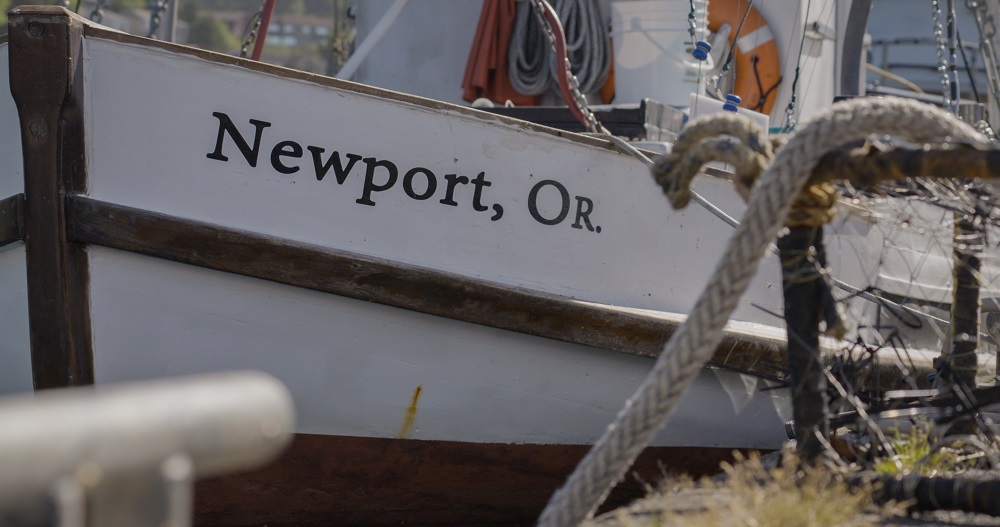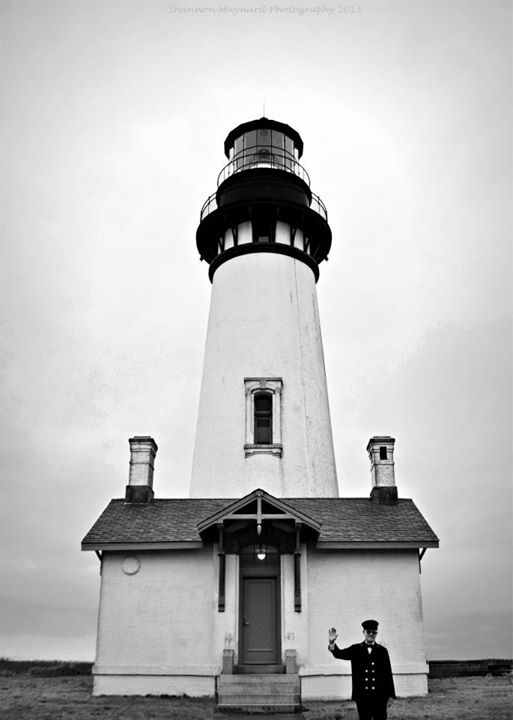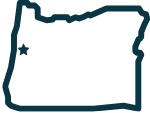Welcome to Newport, the Dungeness Crab Capital of the World™

Perched on the edge of the magnificent Pacific Ocean, Newport is a dynamic, warm community of 10,500 with active fishing, tourism, scientific, and arts communities. It is a perfect place to live, play, work, raise a family, and do business. It is home to Oregon’s largest fishing fleet, miles of sandy beaches, Oregon State University’s Hatfield Marine Science Center, the Oregon Coast Aquarium, and the West Coast home port of the National Oceanic and Atmospheric Administration. We welcome you to explore what Newport has to offer through this website as well as by visiting or moving your home, business, or family here.
Newport: A City Rich in History
If all the world’s an oyster, the City of Newport is definitely a pearl.

In fact, it was the Yaquina Bay oyster beds that first attracted settlers to Newport in 1862. Great profits were made by exporting the delicacy to San Francisco and elsewhere, and those settlers were the first to experience all the treasures the area had to offer.
Yaquina Bay opened to white settlement in 1864. Newport’s first tourist destination resort was built in 1866 by a forward-thinking pioneer named Sam Case. It was Sam who named the town “Newport,” after his favorite town in Rhode Island. More resorts soon followed, paving the way for Newport’s incorporation in 1882 and establishing the community as a premier tourist destination along the Oregon coast.
Newport’s subsequent development centered around three distinct areas: The Bayfront, Nye Beach, and the Highway 101 Corridor. The tourism industry has enjoyed a long, successful history in Newport. In the early 1900s, Nye Beach was the number one tourist attraction on the Oregon coast, offering salt-water taffy stores, concessions, agate shops and penny arcades, as well as rooming houses and resorts.
Newport’s seafood industry boomed in 1908 when electricity (and refrigeration) became available. Construction of the Yaquina Head Lighthouse helped make Yaquina Bay a favorite shipping port. The seafood industry still thrives today – Newport’s Bayfront is home to Oregon’s largest commercial fishing fleet.
The timber industry also carved a niche in Newport’s history. The area was the location of the world’s largest spruce mill built by the U.S. government to supply the airplane industry in World War I. It is rumored the mill provided all the wood that went into Howard Hughes's famous Spruce Goose aircraft.
Completed in 1936, the Yaquina Bay Bridge is perhaps the most recognizable landmark in Newport. The bridge helped the city become more cohesive and fostered growth along the Highway 101 corridor.
Today, Newport’s history is still being made. The city is a well-balanced mix of industries, including tourism, fishing, forestry and marine science. By blending the best of new and old business, landmarks and attractions, Newport is preserving the treasures of the Oregon coast – now and for the future. Get to know Newport!
Relocation & Community Resources
Newport Police Department
City Hall
169 SW Coast Hwy
Newport, OR 97365
Business Office: (541) 574-3348
Dispatch: (541) 265-4231
Utilities
Electric
Central Lincoln PUD...... 541-265-3211
Garbage/Recycling
Thompson Sanitary Service, Inc...... 541-265-7249
Internet/Telephone/TV
Century Link...... 541-967-3500
Charter Communications...... 866-731-5420
CoastCom, Inc...... 541-574-6117
Pioneer Telephone Cooperative...... 541-563-3135
Natural Gas & Propane
Amerigas...... 541-265-2213
NW Natural...... 541-994-2111
Water & Sewer
City of Newport...... 541-574-0617
Real Estate, Moving & Storage
Area Realtors, Moving, & Storage »
Northwest Oregon Economic Indicators
You’ll find a link here for this month’s Northwest Oregon Economic Indicators. This month’s edition features a graph showing employee turnover rates by age and average wages within NW Oregon. You’ll also see year-over-year changes in unemployment rates and industry employment since this time last year.
Living and Doing Business Guide
Learn all about Newport's geography, climate, government, history, events, districts, transportation, education, healthcare, fishing, hiking, beaches, economy, business profiles, tourism, demographics, employment, and more






